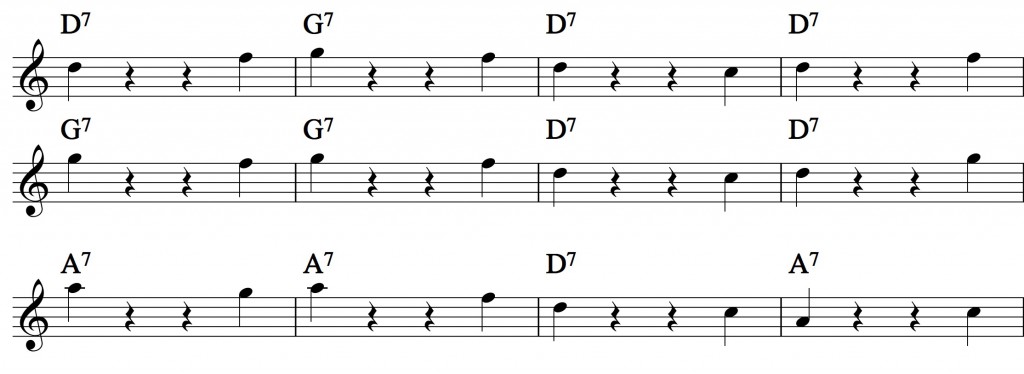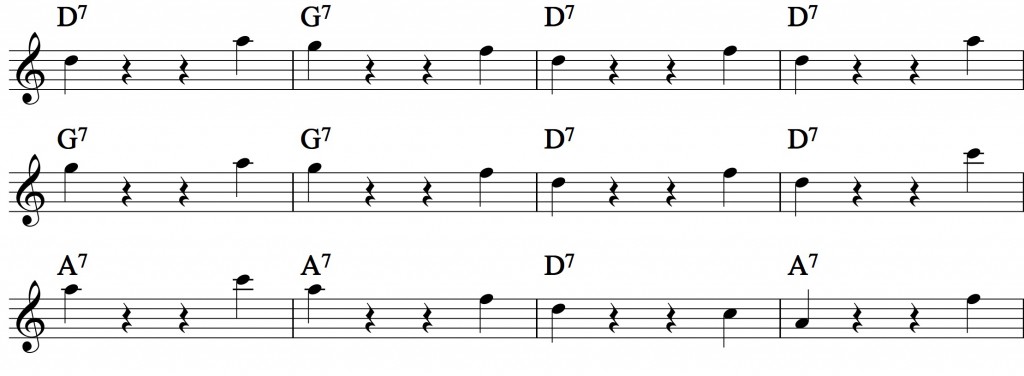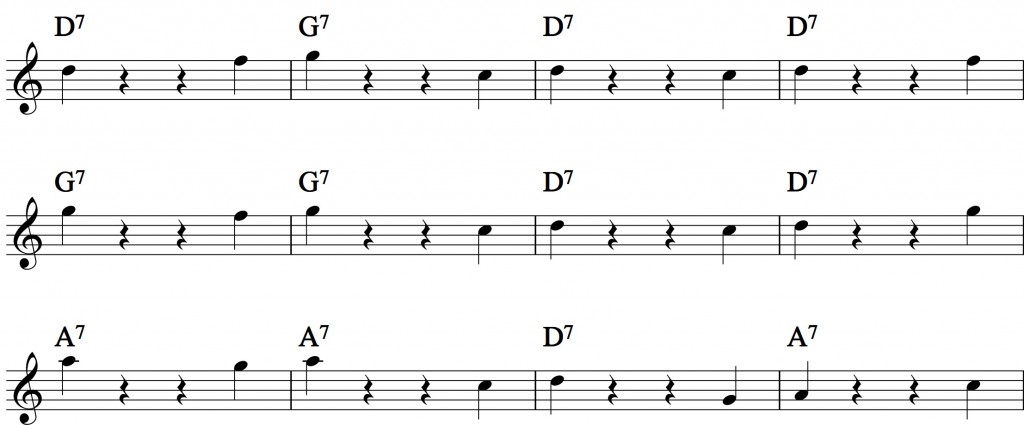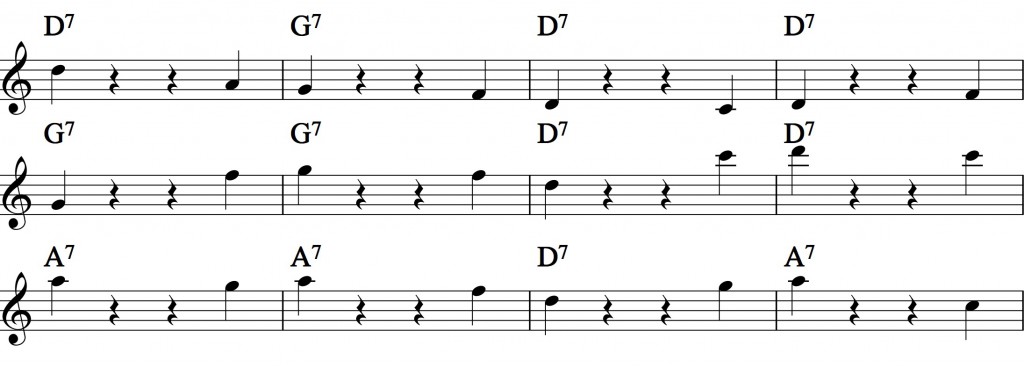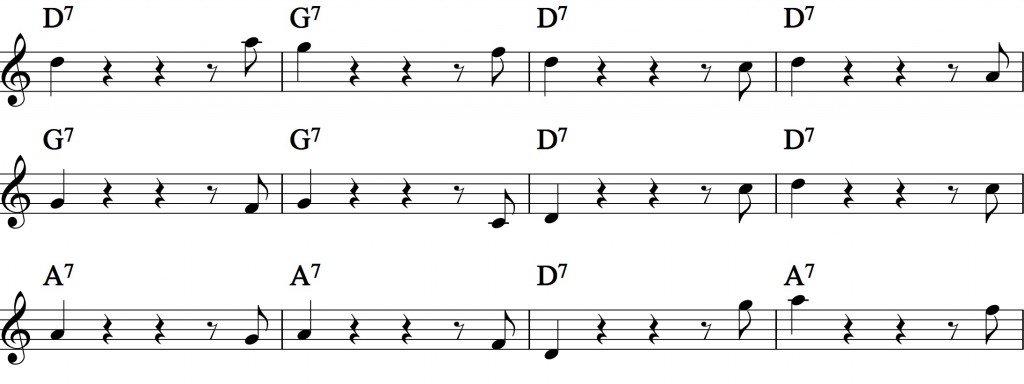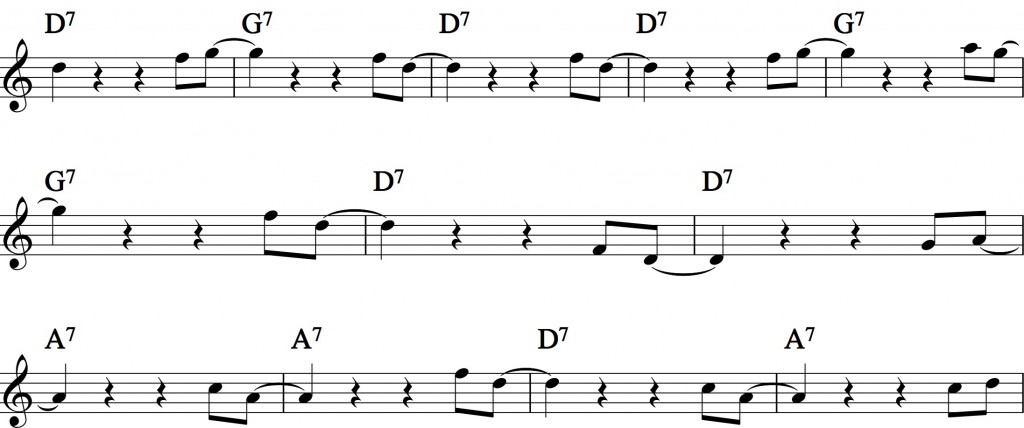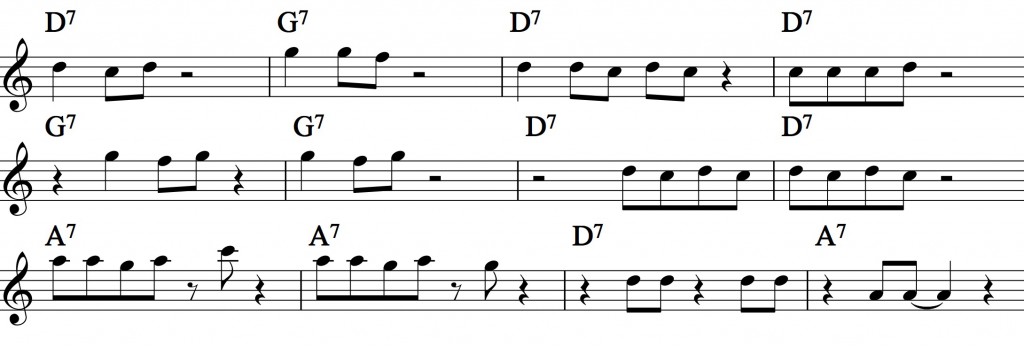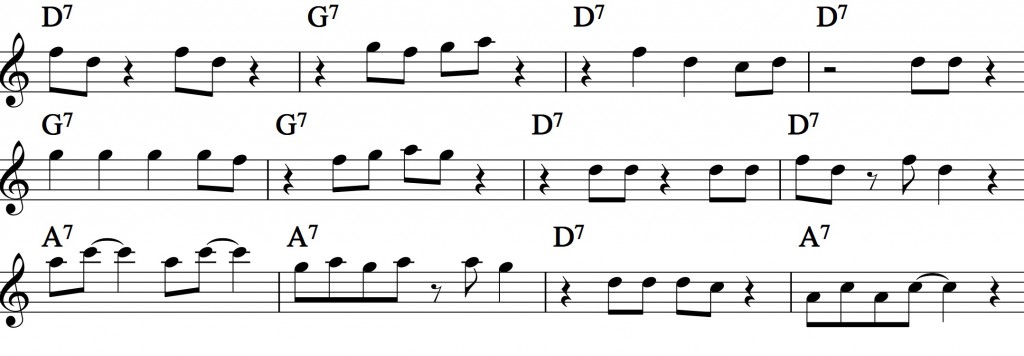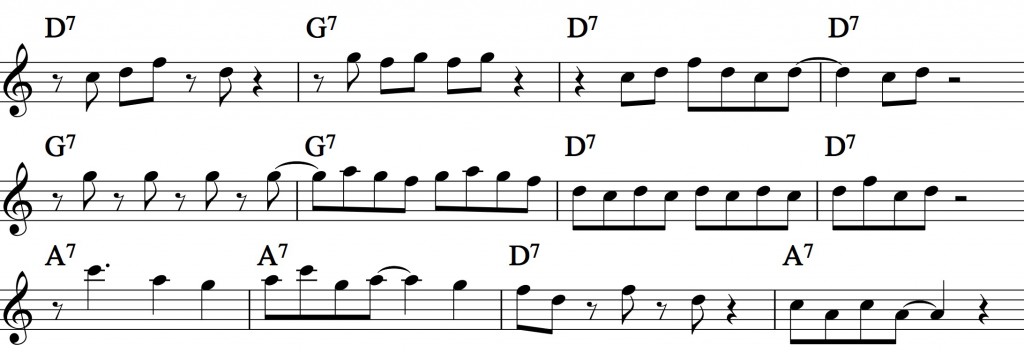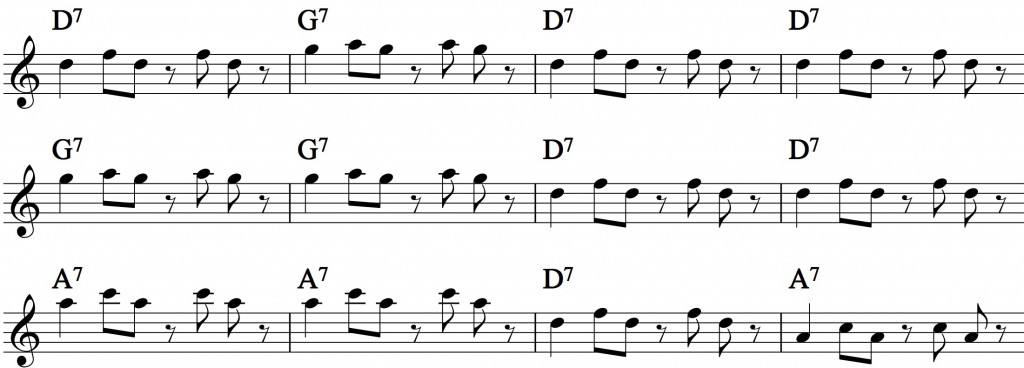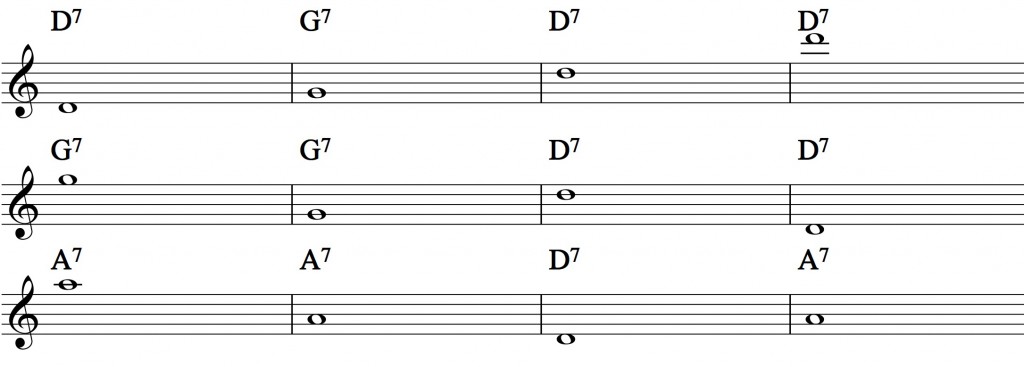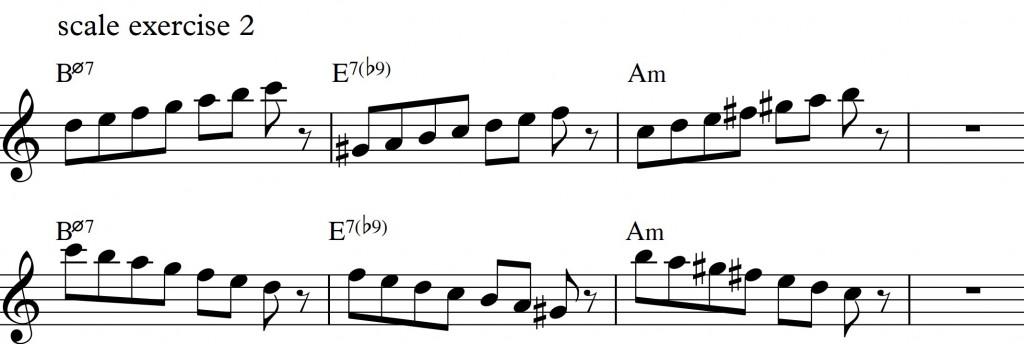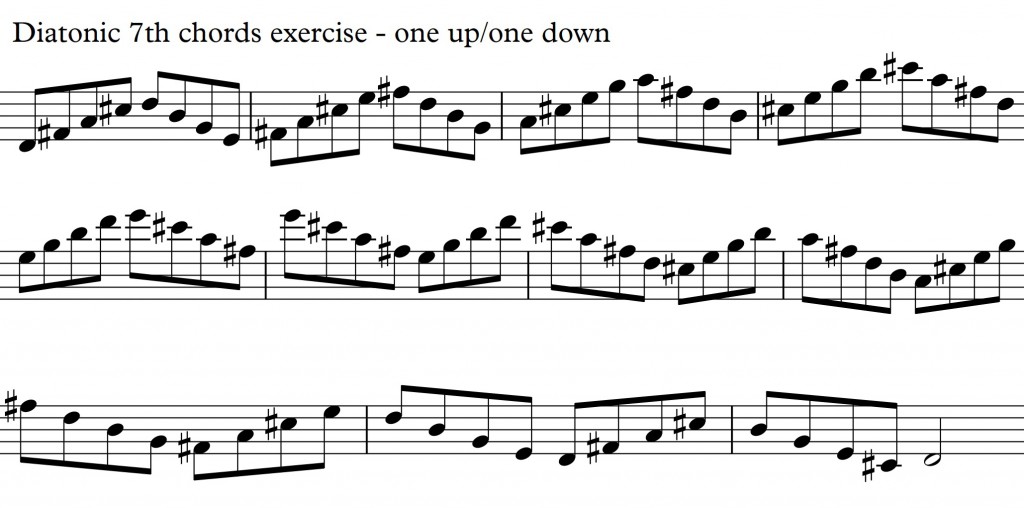How to use 3 common pentatonic scales for great dominant alterations
The pentatonic sound is easy to manage and easy to play as a scale.
Another real great thing adding to the benefits of the pentatonic scale is that it is really easy to use because of the simplicity.
Full lesson transcription:
Patreon:
https://www.patreon.com/posts/50864899
Shop:
https://sorenballegaard.dk/product/ii-v-i-lines-an-easy-method-to-jazz-solos/
Get the free E-book material on saxophone practice – sign up for my newsletter: https://bit.ly/subscribetomynewslettersorenballegaardsaxophonelessons
In this video I will take you through how to play three levels of alterations on dominant chords only using simple minor pentatonic scales.
In this tutorial
The tricks of using the pentatonic scale as an altered dominant
Dominant chord alterations
Fitting the alterations into pentatonic scales
Eb minor pentatonic scale used as altered dominant
Bb minor pentatonic scale as an altered dominant
C minor pentatonic scale as altered dominant
More pentatonic patterns
Get the full transcription of the lesson:
https://www.patreon.com/posts/50024592
Video links:
Pentatonics manual vol. 1
Patreon:
https://www.patreon.com/posts/39389709
Shop:
https://sorenballegaard.dk/product/pentatonics-manual-vol-1/
“Coltrane basic pattern practise module – major 9 – minor 9 – dominant 9 chords”
Patreon:
https://www.patreon.com/posts/42239209
Shop:
https://sorenballegaard.dk/product/coltrane-basic-pattern-practise-module-major-9-minor-9-dominant-9-chords/
PENTATONIC SCALES HOW TO PRACTICE AND USE IMMEDIATELY
BASIC BLUES – SOUND GREAT WITH ONLY ONE PENTATONIC SCALE
Add Coltrane’s amazing melodic four note patterns to your playing
Subscribe for more free saxophone videos and lessons: https://www.youtube.com/c/SørenBallegaard
Lesson tutorials and live online lessons – check my shop:
https://sorenballegaard.dk/shop
Contact me for video exchange lessons or live online lessons
https://sorenballegaard.dk/saxophonelessons/
Facebook: https://www.facebook.com/groups/sorenballegaardsaxophonelessons
Instagram: https://www.instagram.com/sorenballegaard
Website: https://sorenballegaard.dk
Twitter: https://twitter.com/SorenBallegaard
My setup:
Tenor saxophone: Selmer MKVI 82xxx
Mouthpiece is an old Otto Link Babbit – refaced from opening 6 to opening 8/8,5
Alto – The Martin Alto
Soprano – Yanagisawa Elimona
Tenor reeds – https://amzn.to/2Qrk8zz
Alto reeds –https://amzn.to/2Pwv8Lu
Soprano reeds – https://amzn.to/3vnHfJS
Saxophone strap – https://amzn.to/3sV20Lt
Music notation software – https://amzn.to/3gHW1ag
2x computer monitor – https://amzn.to/3gIclIm
Mini keyboard for music notation – https://amzn.to/3sVufcW
Alto mouthpiece – https://amzn.to/3sZvdF0
Soprano mouthpiece – https://amzn.to/2R6mvI0
Alto Ligature – https://amzn.to/3xvCn7E
Tenor Saxophone Case – https://amzn.to/32SD1xG
Alto Saxophone Case – https://amzn.to/3aIqxgu





